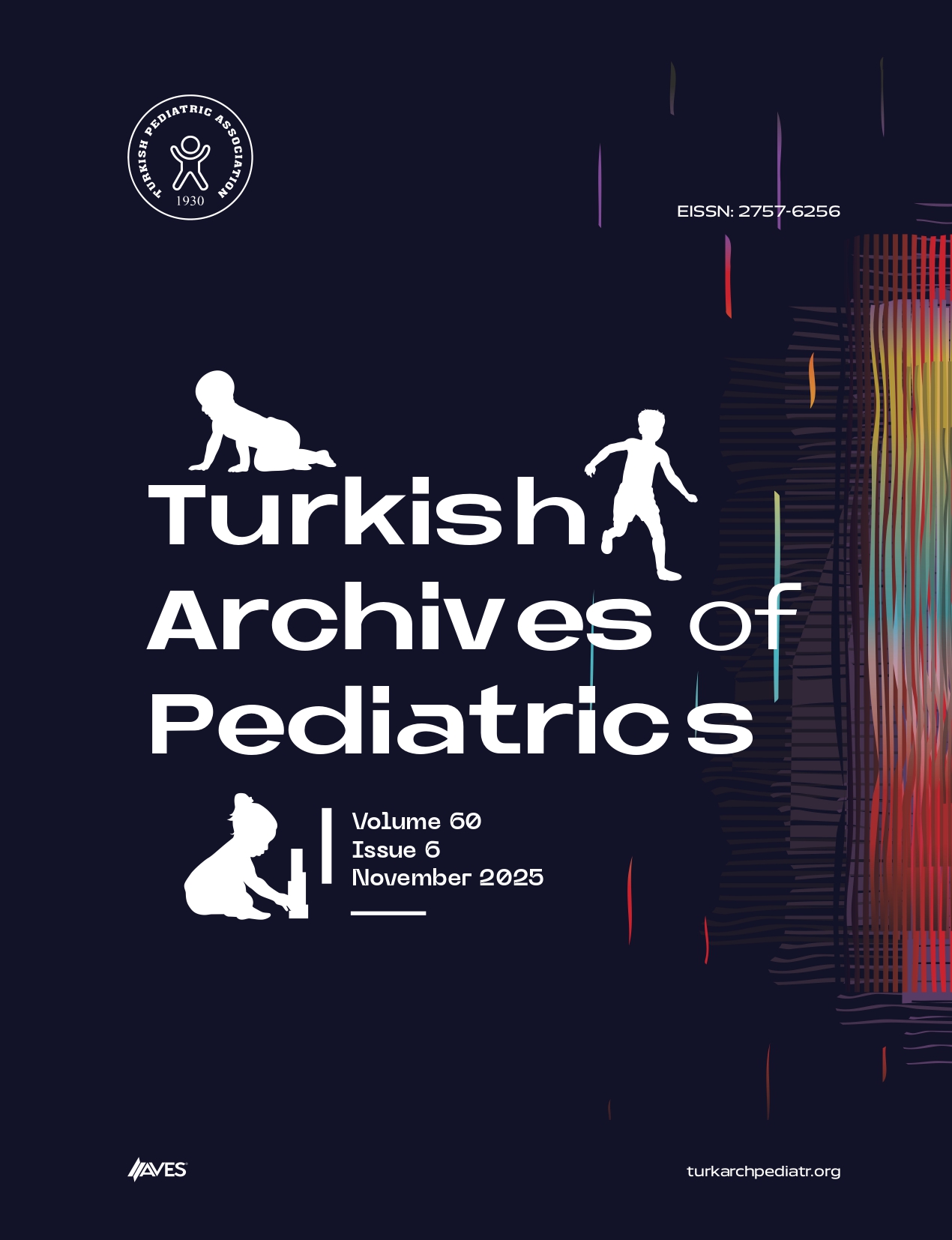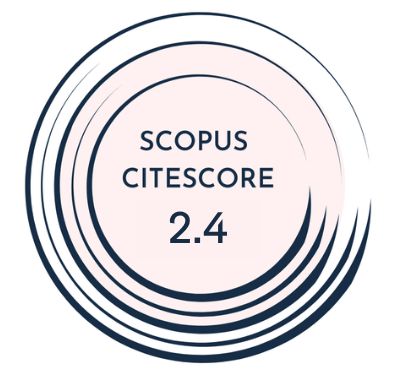Cell trafficking is the transfer of signals and metabolic products between cell compartments to maintain crucial biological functions. In recent years, more than 370 genes have been shown to be associated with defects in cellular transport. The aim of this review is to draw attention to the importance of cell trafficking in the pathogenesis of skeletal dysplasia and to attempt to establish a relationship between clinical findings and the functions of the disrupted proteins. Cell trafficking disorders are divided into four main categories: defects in proteins involved in the transport of molecules (cargo) from the cell to the outside (exocytic pathway) or from the outside to the inside (endocytic pathway) and related to the cytoskeleton, membrane contact sites, and autophagy. A number of skeletal dysplasias result from deficiencies in proteins across different categories of cell trafficking, including glycosylation and lysosomal disorders, which are skeletal involvement. It is noteworthy that genes affected in skeletal dysplasias related to cell trafficking are impaired in signaling pathways involved in the embryonic development of bone, membranous and endochondral ossification, and skeletal morphogenesis. Studies investigating the role of cell trafficking in the development of skeletal dysplasias will shed light on the disease’s pathogenesis and increase the potential for developing new therapeutic agents.
Cite this article as: Tüysüz B. Cell trafficking disorders play an important role in the pathogenesis of skeletal dysplasias. Turk Arch Pediatr. 2025;60(6):577-589.



.png)

